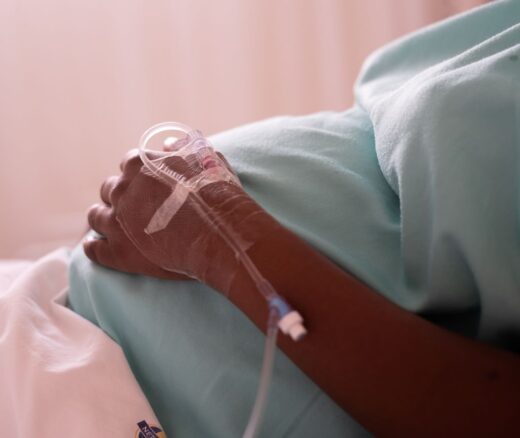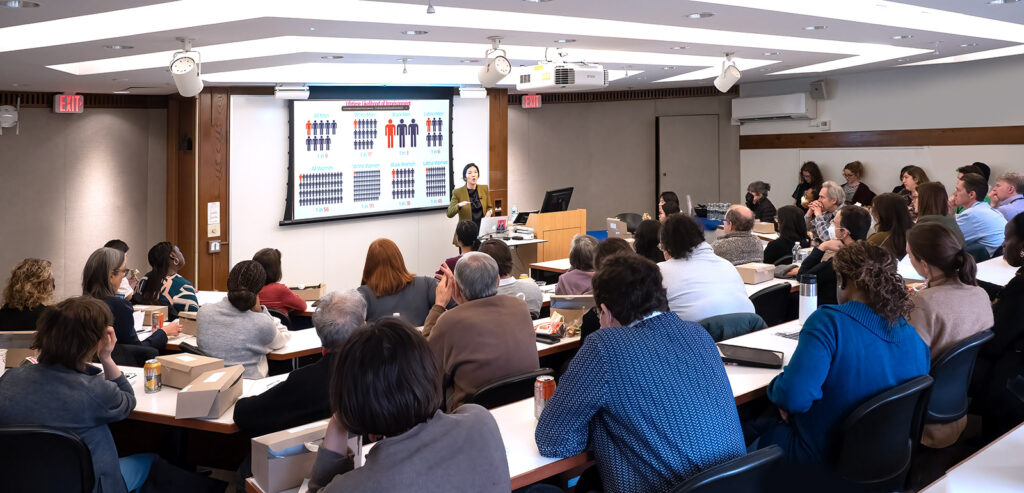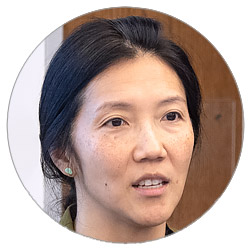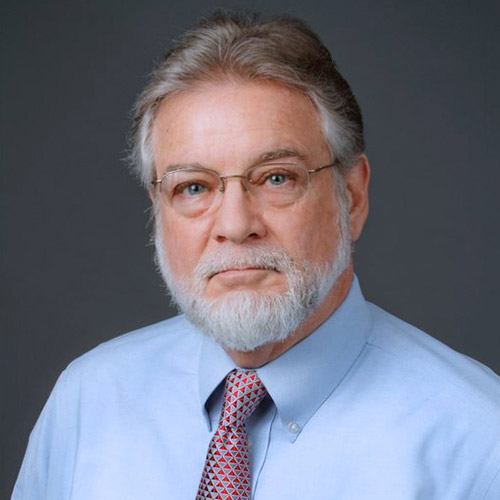
Over 500 U.S. Hospitals Have Stopped Delivering Babies Since 2010
A Crisis in Maternal Care is Unfolding—and it’s Hitting Rural and Urban Communities Alike
News

American prisons and jails holding about 2 million inmates often function as engines of poor community health because of their disjointed internal health care systems, according to Emily Wang, MD, MAS, speaker at the Leonard Davis Institute of Health Economics 2023 Samuel P. Martin, III, MD, Memorial Lecture on February 28.

A Professor and Director of the Yale University SEICHE Center for Health and Justice, Wang also leads Yale’s Health Justice Lab that researches the impact of incarceration on the health and well-being of both inmates and their extended families. During her years of training at the University of California, San Francisco, she worked as a primary care physician for death row inmates in San Quentin State Prison.
Wang is the latest to speak at the annual Martin lecture commemorating the life and work of an academic giant who served as the second Executive Director and a guiding light in the expansion of LDI after its creation in 1967. Martin played a leading role in the then-nascent concept pioneered at Penn of training physicians in both the medical and business sides of health care. In that capacity, he helped create the Wharton School’s MBA Program in Health Care Management. Most of the MDs who earned MBAs in the 1970s and 1980s did so under Martin’s tutelage—his legendary mentoring efforts are gratefully remembered by generations of former students.
The LDI event was co-sponsored by the Penn Medicine Division of General Internal Medicine, the National Clinician Scholars Program, and the Penn Master of Science in Health Policy Research Program.
In a presentation on the campus of the University of Pennsylvania, Yale’s Wang noted that incarcerated individuals have more chronic diseases than members of the general population when they enter prison; they receive sparse longitudinal care while inside; leave prison sicker than when they come in; and, on the outside, are often cut off from community health care access by a number of barriers.
“We have about 80 million individuals in this country who have a criminal record,” said Wang. “They are impacted not only by having been incarcerated, but also by a system of collateral consequences. Laws, policies, and practices in many states prohibit those with a criminal record from getting health care, housing, food stamps and employment.
What may be the least recognized of incarceration’s negative impacts on health is the financial and emotional toll it takes on an inmate’s family, according to Wang.
“Having a family member incarcerated leads to decreased economic resources, reduced social support, housing instability and stress and stigma, especially for children,” said Wang. “Family members of justice-involved individuals have high rates of heart disease.”
Her charts showed that Black men have a 1-in-3 lifetime risk of being imprisoned; Latino men have a 1-in-6 risk; and white men have a 1-in-17 risk.
A 2022 Pew Research Center Report noted that Black people accounted for 33% of the prison population — nearly triple their 12% share of the general population. White people account for 30% of prisoners — about half their 63% share of the general population.
“About 80% of incarcerated individuals have been diagnosed with a chronic health condition that warrants longitudinal primary care,” explained Wang. “This includes things like hypertension, diabetes, asthma, [chronic obstructive pulmonary disease] COPD, hepatitis C, HIV, substance use disorders and mental health conditions. Many of these adults were not insured and often did not see a physician when they were in the community–their incarceration is their first access to health care.”
She went on to explain the often-stark nature of that care delivery while describing one of her patients. “He was newly diagnosed and had been sent out to a local hospital with a hypertensive emergency, then brought back in. We were rounding on him in that post discharge follow up. He was in a cell next to another person in a cell. There’s no privacy. You kind of throw the pressure cuff through the bars and he straps it on. Each morning he’s called at the crack of dawn by a correctional officer to make a ‘med line.’ He goes to the line, is given medications by a nurse. He takes it. She gives him a glass of water and checks to see if he’s ‘cheeked’ the medication. Adherence is almost perfect, but it’s incredibly passive. It’s almost childlike. You just don’t learn how to manage your medications. For instance, there’s not the ability for patients that are newly diagnosed with diabetes–they never have the opportunity to draw their own insulin or use a glucometer.”
She explained that in many correctional systems, an inmate who wants to see the doctor must be seen by a correctional officer first. If that officer decides there is a medical necessity, the inmate gets to see a nurse and goes to an actual physician only after that.
“Technically, ‘care’ is there but to access it, you must go through a lot of different barriers that are relational and dependent on the hierarchy and structures of that prison,” said Wang.
And, in many states, inmates must pay $3 or more to be seen by the prison physician.
“If you’re lucky enough to have a prison job, you make $0.75 a day working in the kitchen or making uniforms or license plates. $0.75. So that’s four days’ worth of work to be able to see a physician for the amlodipine you just started,” said Wang.
Medical transition from incarceration to release is also not smooth or effective, Wang noted. “It varies by state, but when individuals leave, they get a limited supply of medications and a list of their medications. At worst, they get nothing at all.”
Another issue is that many states maintain an inmate Medicaid exclusion policy–meaning a recipient’s eligibility and coverage is suspended or terminated when they enter prison. When they return to the outside, they must try to reactivate Medicaid and it’s common for them to encounter problems that can block that.
“As physicians and as researchers,” said Wang, “we’ve been complicit in creating a system by which mass incarceration is virtually invisible to us. We’ve created a second or even fourth tier health care system for those who are incarcerated. We have virtually ignored that health care system and, given our complicity, we have to be leaders in finding solutions.”


A Crisis in Maternal Care is Unfolding—and it’s Hitting Rural and Urban Communities Alike

Stable Payments Improved Margins But Not Liquidity, New LDI Analysis Finds

LDI Senior Fellow Cited for “Significant Contributions” in Research

Outdated Laws Target Black and Queer Lives in Over 30 States, Fueling a Deadly Disease

Selected for Current and Future Research in the Science of Amputee Care

Research Memo: Delivered to House Speaker Mike Johnson and Majority Leader John Thune